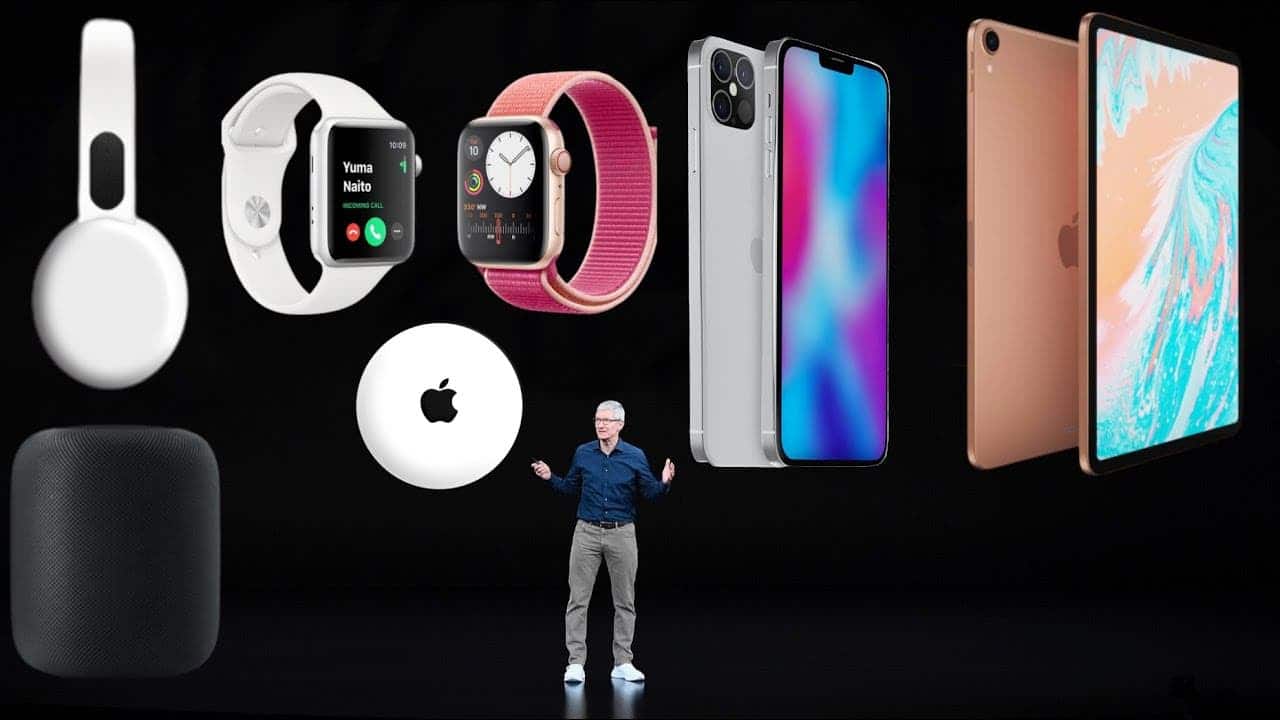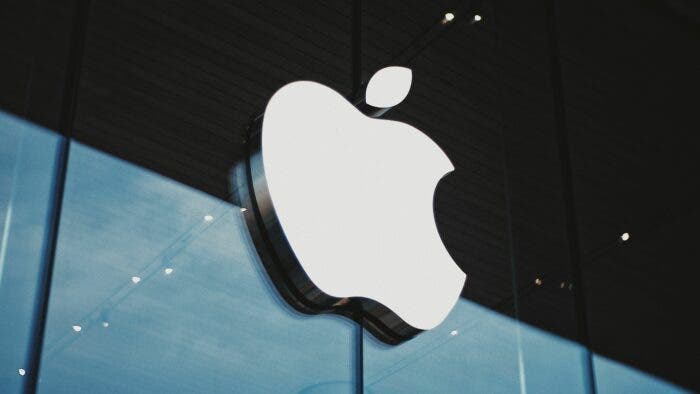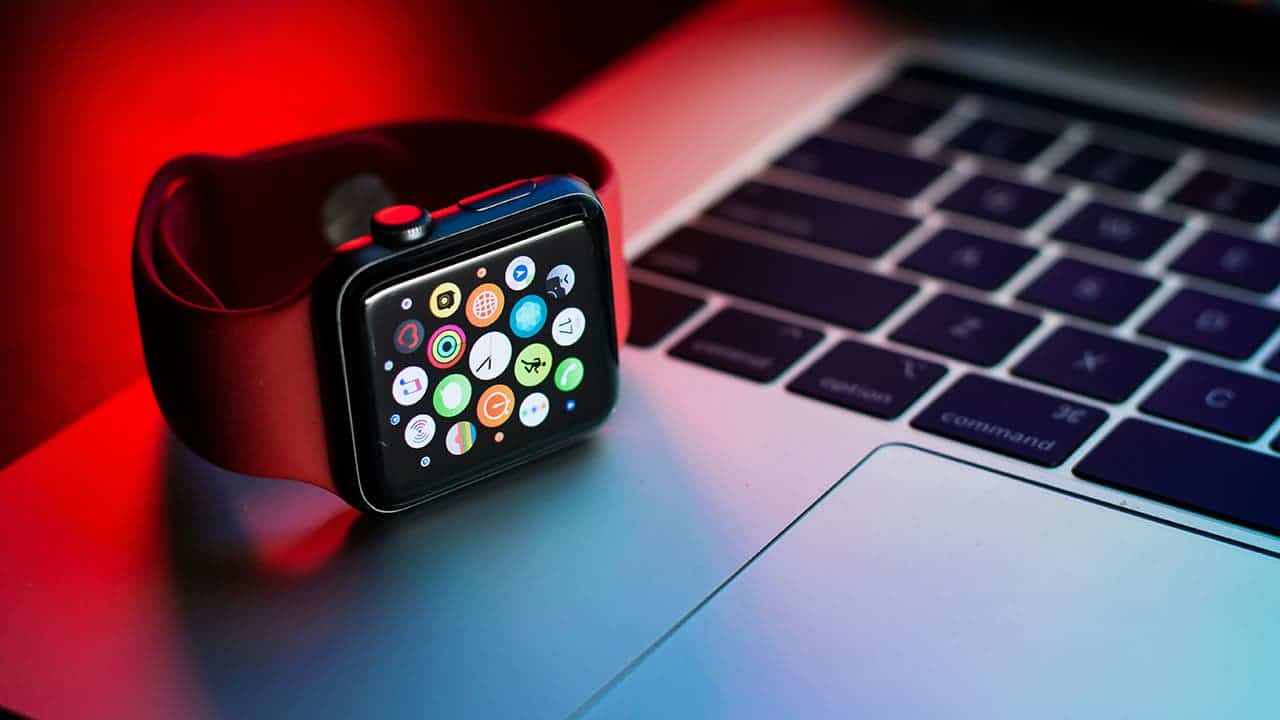Apple’s impact on the smartphone market is undeniable. The 2007 launch of the iPhone didn’t just introduce a new product; it redefined the mobile experience. Since then, the company has consistently pushed boundaries through strategic innovations, shaping user expectations and influencing competitors. As the global smartphone sector grapples with a slowdown, many analysts turn to Apple, wondering if their continued innovation can spark a resurgence.
Apple’s Enduring Influence: A Resurgence Fueled by Innovation?

A Legacy of Pioneering Design and User Experience
One of Apple’s core strengths lies in its user-centric approach. The iPhone’s intuitive touchscreen interface, a stark contrast to the clunky keyboards of the time, revolutionized how people interacted with their phones. Coupled with a sleek, minimalist design aesthetic, the iPhone prioritized user experience over technical specifications. This focus on user experience became a benchmark for the industry, pushing competitors to prioritize usability and design alongside raw processing power.
The App Store: A Catalyst for Innovation
The 2008 launch of the App Store was another landmark moment. By creating a curated platform for mobile applications, Apple fostered a vibrant ecosystem of developers. This not only expanded the functionality of iPhones but also created entirely new user experiences. From social media giants like Instagram to productivity tools like Dropbox, countless innovations sprung from the App Store’s fertile ground. The Android camp, while initially lagging behind, eventually adopted a similar app store model, further solidifying its importance in the smartphone landscape.
Vertical Integration: A Model for Control and Optimization
Apple’s commitment to vertical integration – designing both hardware and software – allows for a level of control unmatched by most competitors. By optimizing both aspects in tandem, Apple ensures seamless integration and performance between hardware and software. This results in a more user-friendly and efficient experience, often cited by loyal iPhone users as a key differentiator. While some argue this approach limits user customization, it undeniably contributes to Apple’s reputation for reliability and consistent user experience.
Beyond the Phone: Building a Connected Ecosystem
Apple’s influence extends far beyond the iPhone. The company‘s focus on fostering a connected ecosystem of devices like iPads, MacBooks, and Apple Watches creates a unified user experience that transcends individual products. This ecosystem approach encourages brand loyalty, with users seamlessly switching between devices throughout their day. This focus on a connected ecosystem is a strategy increasingly adopted by competitors, highlighting Apple’s trendsetting influence.
Strategic Innovations for the Future
Looking ahead, Apple continues to innovate with strategic moves that could shape the future of the smartphone sector. Here are a few key areas to consider:
- Augmented Reality (AR): Apple has steadily integrated AR features into their iPhones and iPads, suggesting a strong belief in its potential. AR has the ability to revolutionize industries like education, gaming, and even retail. If Apple can develop a seamless and intuitive AR experience, it could create a new wave of user demand and push the boundaries of mobile device capabilities.
- Artificial Intelligence (AI): Apple’s A-series Bionic chips are consistently lauded for their power and efficiency. By leveraging AI further in image and voice recognition, battery optimization, and personalized experiences, Apple could significantly enhance user experience and performance, setting a new standard for smartphone intelligence.
- Foldable Displays: While Apple has yet to enter the foldable phone market, rumors and patents suggest they are exploring the technology. If Apple can overcome technical hurdles and introduce a user-friendly foldable iPhone, it could disrupt the market and reignite interest in smartphone design innovation.
Challenges and Considerations
While Apple’s strategic innovations are promising, the company faces significant challenges:
- Market Saturation: Smartphone penetration rates are approaching saturation in many developed markets, leading to slower growth. Apple needs to find ways to entice existing users to upgrade and attract new users in emerging markets, potentially through more affordable options.
- Environmental Concerns: The environmental impact of frequent smartphone upgrades and e-waste is a growing concern. Apple needs to address sustainability concerns through improved product lifespan and responsible recycling practices to maintain its reputation and attract environmentally conscious consumers.
- Innovation Fatigue: While Apple’s innovations are often lauded, some argue the company is struggling to maintain its breakneck pace of groundbreaking advancements. Continuing to deliver truly innovative features that address user needs will be critical for maintaining consumer excitement.

The Ripple Effect: Apple’s Impact Beyond Design
Apple’s influence on the smartphone market extends far beyond design and user experience. They’ve triggered a ripple effect that has impacted various aspects of the industry:
-
Camera Innovation: The iPhone’s camera capabilities have consistently pushed boundaries. From the introduction of multi-lens systems to computational photography advancements, Apple has redefined what’s possible with smartphone photography. This, in turn, has pressured competitors to invest heavily in camera technology, leading to a dramatic improvement in overall smartphone camera quality across the market.
-
Security and Privacy: Apple prioritizes user privacy and security with features like Face ID, Secure Enclave, and App Tracking Transparency. While some argue these features limit user convenience, they’ve sparked a growing conversation about user privacy in the digital age. As a result, other smartphone manufacturers are increasingly focusing on data security and user control, raising the bar for industry standards.
-
Premiumization: Apple’s success with premium-priced iPhones has redefined consumer expectations. Today, flagship smartphones from other major players often boast similar price points, indicating a shift towards higher-quality materials, features, and performance across the industry.
-
Focus on Services: Apple has transitioned beyond hardware sales, heavily investing in services like Apple Music, iCloud, and Apple Arcade. This focus on recurring revenue streams has encouraged other smartphone manufacturers to explore similar service offerings, diversifying their revenue models beyond hardware sales.
The Developer Ecosystem: A Double-Edged Sword
The App Store’s success has undoubtedly fostered innovation, but it has also created a double-edged sword for the industry. While it provides a platform for developers to reach a vast audience, it also creates a sense of dependence on Apple’s guidelines and approval processes. This can limit developer creativity and innovation to some extent. Additionally, the sheer number of apps available can be overwhelming for users, making discoverability a challenge. Addressing these issues will be crucial for maintaining a healthy and vibrant app ecosystem.
The Right to Repair Movement:
Apple’s restrictive policies regarding device repair have fueled the “Right to Repair” movement. Advocates argue for consumer access to spare parts and repair manuals, promoting longer product lifespans and reducing e-waste. While Apple has made some concessions, this remains a contentious issue. Addressing user concerns about repair options could be a strategic move for Apple, fostering brand loyalty and aligning with growing environmental consciousness.
The Global Market: A Complex Landscape
Apple’s dominance is primarily concentrated in developed markets. Emerging markets present a complex landscape with different needs and price sensitivities. To truly reignite a global smartphone resurgence, Apple needs to consider more affordable options and features tailored to these markets. This could involve strategic partnerships with local manufacturers and carriers, allowing for more localized product offerings.
Beyond Hardware and Software: The Power of Brand Identity
Apple’s influence transcends hardware and software. They’ve cultivated a powerful brand identity synonymous with innovation, quality, and a premium user experience. This meticulously crafted brand image fosters a sense of aspiration and loyalty among consumers, making them more likely to upgrade to the latest iPhone iteration or invest in other Apple products. This brand loyalty is a key factor in Apple’s resilience within the market and their ability to command premium prices. However, maintaining this brand image requires constant innovation and addressing potential chinks in the armor, such as concerns about repairability and environmental impact.
The Rise of Competition: A Catalyst for Innovation?
While Apple has been a trendsetter, the smartphone market is a fiercely competitive landscape. Companies like Samsung, Huawei, and Xiaomi are constantly pushing boundaries, offering powerful hardware at competitive price points. This competition has arguably fueled a new wave of innovation across the industry. Features like high refresh rate displays, in-display fingerprint scanners, and powerful multi-lens camera systems have become more commonplace, driven by the need to compete with Apple’s offerings. The future of the smartphone market might be one where Apple and its competitors engage in a continuous cycle of innovation, pushing the boundaries of what’s possible and ultimately benefiting consumers.
The Human Factor: Balancing Technology with Wellbeing
Apple has begun addressing growing concerns about smartphone addiction and its impact on mental health. Features like Screen Time allow users to monitor their phone usage and set limitations. Additionally, iOS updates have introduced tools to promote focus and minimize distractions. This focus on digital wellbeing could become a differentiating factor in the future. Companies that prioritize user well-being alongside technological advancements might be better positioned to resonate with a growing segment of the market concerned about the impact of technology on their lives.
The Future of Form Factors: Beyond the Slab
The traditional smartphone “slab” form factor might be nearing its peak. Foldable displays, rollable screens, and even brain-computer interfaces are potential future directions for mobile devices. While Apple hasn’t yet entered the foldable phone market, their rumored exploration of the technology suggests they might be waiting for a more mature and user-friendly solution. If Apple can deliver a foldable iPhone that seamlessly integrates with their existing ecosystem, it could spark renewed consumer excitement and reshape the smartphone landscape.
A Look Ahead: Unforeseen Challenges and Opportunities
Predicting the future of the smartphone market is inherently challenging. Unforeseen technological breakthroughs, economic shifts, and geopolitical events can all disrupt the status quo. Additionally, the rise of alternative technologies like augmented reality glasses or implantable devices could potentially redefine mobile interaction altogether. Apple’s ability to adapt to these changes and capitalize on emerging opportunities will be crucial for their continued success.
The App Store: A Double-Edged Sword Revisited
While the App Store’s role in fostering innovation is undeniable, the conversation around its limitations deserves further exploration. Concerns about Apple’s control over app distribution and stringent review process persist. Developers may feel limited in terms of monetization options and the ability to experiment with features that might challenge Apple’s own services. This raises questions about the potential stifling of alternative app stores and a potential homogenization of app experiences within the iOS ecosystem.
Finding the Balance: Openness vs. Security
Apple’s focus on user privacy and security is commendable. However, some argue that their walled-garden approach, restricting user access to alternative app stores and sideloading of apps, hinders user freedom and limits customization options. Finding a balance between robust security and a degree of user control over their devices will be crucial. Perhaps a future where Apple can curate a secure app marketplace while allowing for more controlled sideloading of trusted apps could be a potential solution.
The Ethical Procurement Debate
Concerns around the ethical sourcing of materials used in Apple products continue to surface. Public pressure is mounting on companies to ensure fair labor practices and environmentally responsible mining of rare earth minerals crucial for smartphone components. Apple has made strides towards transparency in their supply chain, but further efforts to address ethical sourcing concerns are necessary. This could involve increased collaboration with suppliers, independent audits, and potentially higher production costs that Apple might need to factor into future pricing strategies.
The Right to Repair: A Growing Movement
The “Right to Repair” movement continues to gain momentum, pushing for easier access to spare parts, repair manuals, and independent repair shops. While Apple has introduced some self-service repair options, critics argue these programs are limited and don’t go far enough. Embracing a more open repair ecosystem could benefit both Apple and consumers. Independent repair shops could alleviate pressure on Apple’s authorized repair channels, while consumers would have more control over repairs and potentially extend the lifespan of their devices, aligning with growing environmental consciousness.
The Subscription Economy and Beyond
Apple’s success with services like Apple Music and iCloud highlights the growing importance of the subscription economy within the smartphone market. This shift towards recurring revenue streams allows users to access a wider range of features and content without upfront hardware costs. However, concerns about subscription fatigue and the potential for vendor lock-in exist. The future might see a more diverse landscape of subscription models, with some companies offering tiered options or even hardware bundled with subscriptions, blurring the lines between traditional device sales and service-based offerings.
Conclusion: A Catalyst for Change?
Apple’s influence on the smartphone market is undeniable. Their strategic focus on innovation, brand identity, and user experience has shaped the industry for over a decade. However, the future holds complex challenges and opportunities. Whether Apple can become a catalyst for a global smartphone resurgence depends on their ability to:
- Foster a more open and collaborative app ecosystem.
- Strike a balance between user security and control over their devices.
- Address ethical sourcing concerns throughout their supply chain.
- Embrace a more open repair environment.
- Navigate the evolving subscription economy landscape.
By addressing these challenges and capitalizing on emerging technologies like AR, AI, and potentially foldable displays, Apple can solidify its position as a leader in smartphone innovation. Ultimately, the smartphone market’s future will likely be shaped by a dynamic interplay between Apple’s strategic direction, the competitive landscape, and unforeseen technological advancements. One thing remains certain: Apple’s influence will continue to be a driving force in shaping the way we interact with mobile technology for years to come.






